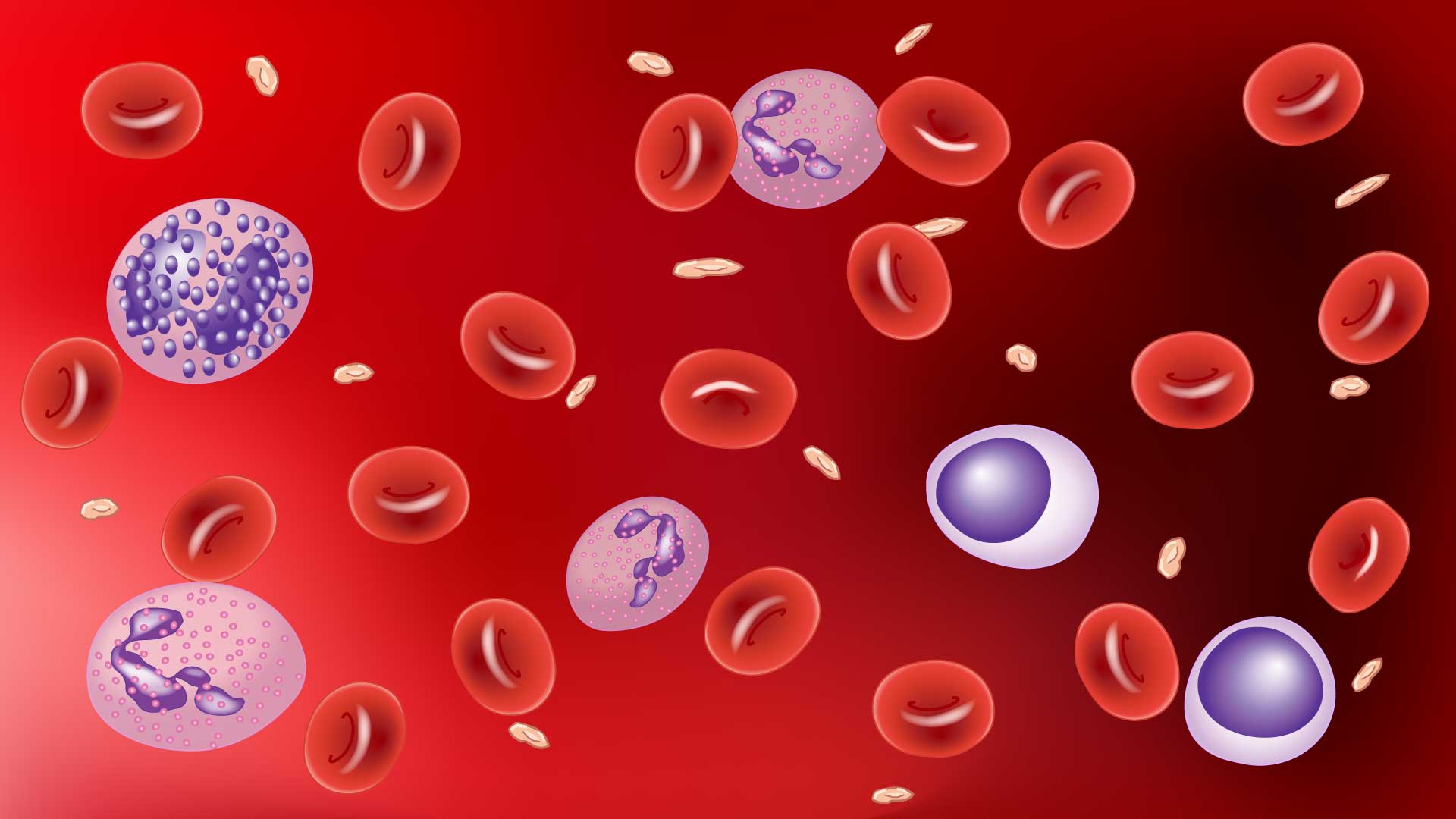
The convergence of hematology and oncology into a single, integrated medical subspecialty is not a coincidence driven by administrative convenience, but rather a reflection of the deep biological and clinical interdependence between disorders of the blood and lymphatic system and the broader study of solid tumors. While at a superficial level, hematology focuses on blood and blood-forming tissues—dealing with everything from iron-deficiency anemia to complex clotting disorders—and oncology is dedicated to the study and treatment of all cancers, the reality is that the malignant processes at the core of both fields share foundational cellular and molecular underpinnings that defy strict disciplinary separation. The field of hematologic oncology exists precisely because blood cancers, such as leukemia, lymphoma, and multiple myeloma, are simultaneously primary disorders of the blood and bone marrow, placing them squarely in the hematologist’s domain, and also malignant neoplasms, which require the comprehensive cancer management approach of an oncologist. This inherent dual nature necessitates a physician trained in both disciplines, capable of navigating the complex pathology of blood cell lines while also applying the rigorous, multi-modality treatment protocols characteristic of cancer care, a blurring of lines that has been further intensified by the genomic revolution in medicine.
The Malignant Nature of Hematological Disorders and Solid Tumors
At the cellular level, the fundamental mechanisms driving both hematological malignancies and solid tumors follow remarkably similar, corrupted pathways. Both disease types arise from the accumulation of genetic mutations that subvert normal cellular controls, leading to uncontrolled proliferation, resistance to programmed cell death (apoptosis), and the potential for metastatic spread, a feature often associated only with solid tumors but perfectly applicable to the systemic nature of blood cancers. This shared framework, where normal regulatory genes like oncogenes and tumor suppressors are functionally compromised, is what makes the combined specialty so powerful; the insights gleaned from studying a translocation in chronic myeloid leukemia () can, and often do, inform research into novel targeted therapies for solid masses like lung or breast cancer. The distinction between a rapidly proliferating population of white blood cells (leukemia) and a localized mass of aberrant epithelial cells (carcinoma) becomes less about the core biological failure and more about the tissue of origin, suggesting that therapeutic advances in one area often hold immediate, profound relevance for the other.
“…the malignant processes at the core of both fields share foundational cellular and molecular underpinnings…”
Moreover, the environment in which the cancer develops and thrives—the tumor microenvironment—is increasingly recognized as a point of convergence. The bone marrow, the very core of the hematological system, is a frequent and crucial site for the metastasis of solid tumors, such as prostate, breast, and lung cancers. Here, solid tumor cells interact intimately with hematopoietic stem cells, immune cells, and stromal cells, borrowing and corrupting the regulatory signals designed for blood formation to facilitate their own survival and growth. This metastatic intersection demands an oncologist’s perspective on the solid tumor and a hematologist’s understanding of the bone marrow’s complex niche dynamics, further solidifying the necessity of combined expertise to manage these complex scenarios, where a seemingly “solid” cancer is actively exploiting a “liquid” environment. The biological crosstalk between these systems means that effective treatment of one often depends on an awareness of the other, pushing physicians out of their traditional silos.
The Central Role of Bone Marrow and Stem Cells
The bone marrow is the undisputed epicenter of this overlap, serving as the factory for all blood components and the initial site of nearly all hematological malignancies, which are fundamentally disorders of hematopoietic stem and progenitor cells. This focus on the stem cell, the root source of the disease, places hematology at the frontier of regenerative medicine and cellular therapy, disciplines now rapidly being adopted by oncology at large. The use of hematopoietic stem cell transplantation (HSCT)—a treatment modality primarily developed by hematologists for conditions like leukemia and multiple myeloma—has been a cornerstone of curative therapy for decades. This deep-rooted understanding of stem cell manipulation, donor-host interactions, and the specialized, often high-intensity supportive care required for transplant recipients is a unique area of hematological expertise that provides critical infrastructure for all of oncology.
“The bone marrow is the undisputed epicenter of this overlap, serving as the factory for all blood components…”
The concept of a “cancer stem cell” also forms a strong intellectual link. Researchers in both solid tumor and hematological fields are investigating whether a small, drug-resistant population of stem-like cells drives tumor recurrence. The intensive research into the lineage tracing and differentiation pathways of blood stem cells directly informs the search for and targeting of cancer stem cells in solid tumors, creating a continuous feedback loop of scientific discovery that benefits both patient populations. Without the detailed, decades-long work of hematologists in characterizing the complex hierarchy of blood cell development, the modern understanding of stem-cell driven malignancy across all cancer types would be significantly less advanced.
Pharmacological Crossover and Shared Treatment Modalities
Beyond the cellular and molecular similarities, the therapeutic landscape provides perhaps the most visible evidence of the overlap. Many classes of drugs initially developed to treat blood cancers have found critical application in solid tumors, and vice-versa, confirming the commonality of the underlying pathology. For instance, targeted therapies, which represent a major shift away from non-specific cytotoxic chemotherapy, often focus on shared signaling pathways. Tyrosine kinase inhibitors (), famously pioneered for Chronic Myeloid Leukemia (
), are now standard treatments for specific subsets of lung cancer and other solid tumors that share similar genetic alterations. Furthermore, the development of next-generation immunotherapies, particularly checkpoint inhibitors, which harness the body’s T-cells to attack cancer, relies heavily on immunological principles long understood by hematologists who manage graft-versus-host disease and other complex immune phenomena in the context of stem cell transplantation.
“…Many classes of drugs initially developed to treat blood cancers have found critical application in solid tumors…”
The shared use of chemotherapy agents, while sometimes viewed as a relic of older treatment paradigms, is also a constant area of collaboration. A patient with a solid tumor receiving chemotherapy may develop complex hematological side effects—severe anemia, life-threatening neutropenia, or complicated clotting disorders—requiring the consultation of a physician with deep expertise in blood pathology. This logistical necessity underscores the fact that effective cancer care, regardless of the tumor type, must be underpinned by a solid understanding of hematology to manage the toxicity and complications inherent to treatment, ensuring the patient’s entire hematopoietic system is protected and supported throughout their oncological journey.
The Unified Approach to Diagnostic Technology
Modern diagnostic practices in both fields increasingly rely on sophisticated, shared technologies, most notably flow cytometry and next-generation sequencing (). Flow cytometry, traditionally a hematological tool for rapidly characterizing cell surface markers and identifying abnormal blood cell populations (critical for diagnosing leukemias and lymphomas), is now frequently used in solid tumor research to analyze tumor-infiltrating lymphocytes and characterize the immune microenvironment. Similarly, the widespread adoption of NGS for comprehensive genomic profiling, initially proving instrumental in identifying complex translocations and mutations in hematological malignancies, is now a standard practice for nearly all solid tumor biopsies to guide targeted therapy decisions. This technological confluence means that a specialist must be adept at interpreting complex genomic data, whether it comes from a bone marrow aspirate or a tumor resection, demanding a shared skillset that obliterates the old separation.
The Interplay of Coagulation and Malignancy
A often-overlooked area of intense overlap involves the intricate relationship between cancer and the blood coagulation system. Cancer patients, regardless of whether they have a solid tumor or a hematological malignancy, exhibit a significantly heightened risk of venous thromboembolism (), including deep vein thrombosis and pulmonary embolism. This phenomenon, known as Trousseau’s Syndrome, is a critical area where hematological expertise is directly applied to general oncology care. The ability to manage these complicated clotting and bleeding disorders—often exacerbated by the cancer itself or its treatment—requires a nuanced understanding of hematological principles that are outside the scope of general medical oncology training, making the hematologist’s perspective on supportive care indispensable in nearly every comprehensive cancer center.
Bridging the Gap in Clinical Trials and Research
The future of cancer therapy is intrinsically linked to the continued collaboration between the two fields, particularly in the realm of clinical trials and translational research. Many novel immunotherapies and targeted agents are initially tested in hematological malignancies due to the relative accessibility of blood and bone marrow samples for monitoring treatment response, a process that is often faster and less invasive than in solid tumors. Successful strategies are then quickly translated into trials for solid tumor patients, creating a dynamic pipeline of innovation. The combined expertise of a dual-certified physician facilitates this transfer of knowledge, enabling researchers to see the common threads and molecular symmetries across diverse cancer types, fostering a more holistic and less fragmented approach to therapeutic development.
The Necessary Synthesis in Training and Practice
The very existence of the dual-certification process—Hematology/Oncology—by medical boards acknowledges that the complexity of modern cancer care cannot be optimally addressed by two separate, isolated practitioners. This combined training ensures that the specialist managing a patient with diffuse large B-cell lymphoma (a hematologic malignancy) has a deep understanding of chemotherapy principles (oncology) and stem cell physiology (hematology). Likewise, the physician treating metastatic breast cancer (a solid tumor) is equipped to manage the inevitable hematological complications and understands the principles of novel immune-modulating drugs. This necessary synthesis in training is a pragmatic response to the biological reality that cancer is a disease of corrupted cellular control, a principle that operates uniformly, regardless of whether the cell is found in the blood or a solid organ.
Moving Beyond Organ-Specific Silos
The shift from a historical, organ-centric view of medicine to a molecular- and cell-centric view strongly favors the combined approach of hematology and oncology. The traditional division into specialties based on the affected organ (e.g., pulmonology, gastroenterology) struggles to accommodate diseases defined by systemic, cellular dysfunction, which is the nature of cancer. By focusing on the core pathologies of abnormal cell growth and blood component disorders, the combined specialty is uniquely positioned to lead the era of precision medicine, where treatment is dictated by the tumor’s molecular fingerprint, not just its anatomical location.
